‘Kitty Kart 64’: The Retro Racing Game That Crashes Into Psychological Horror
Popular Now
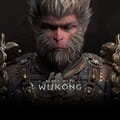 Black Myth: Wukong
Black Myth: Wukong
 Brawl Stars
Brawl Stars
 Valorant
Valorant
 R.E.P.O
R.E.P.O
 Grand Theft Auto V
Grand Theft Auto V
 NBA 2K24
NBA 2K24
 Free Fire Max
Free Fire Max
 Among Us
Among Us
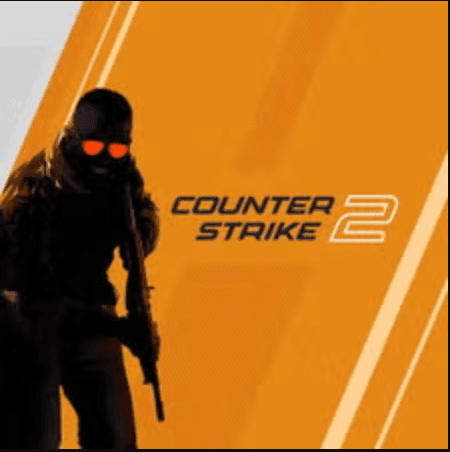 Counter-Strike 2
Counter-Strike 2
 Sonic the Hedgehog™ Classic
Sonic the Hedgehog™ Classic 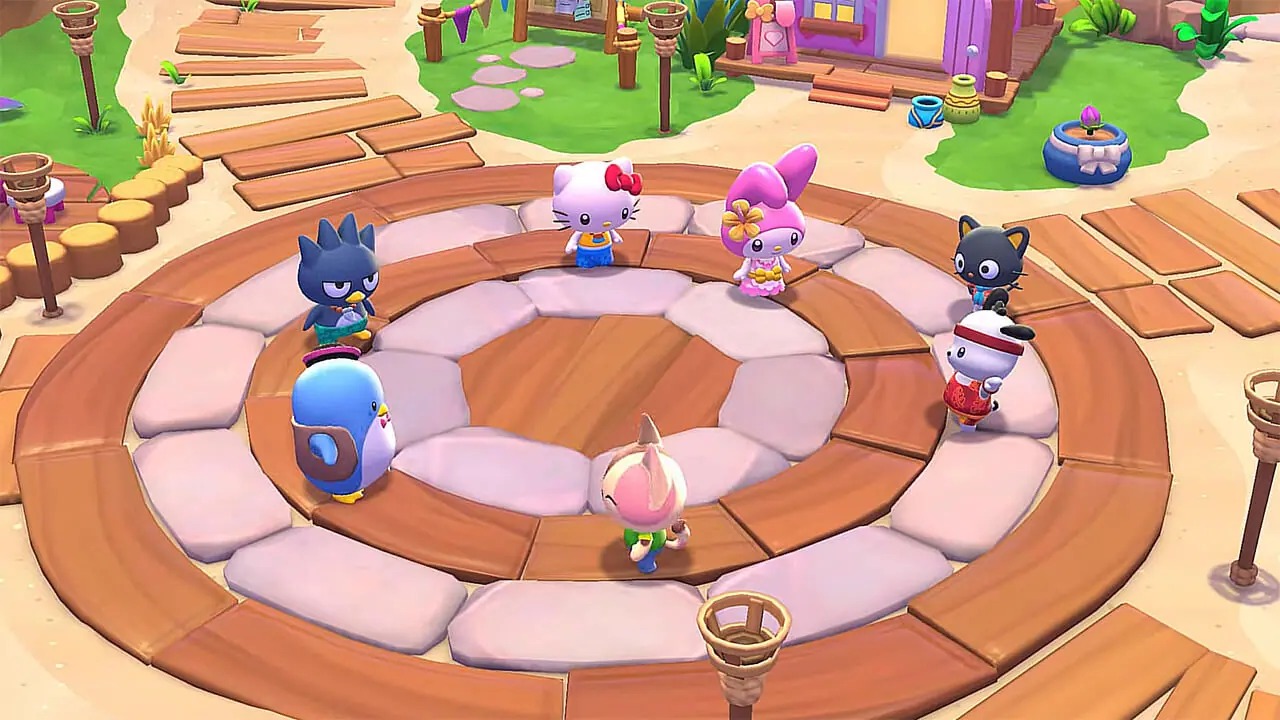
In the burgeoning world of indie horror games, a new sub-genre is accelerating to the forefront: the ‘haunted retro game.’ Among the most unnerving recent releases is ‘Kitty Kart 64,’ a low-poly nightmare that masterfully takes the nostalgic, cheerful aesthetic of the Nintendo 64 era—specifically channeling the spirit and iconic look of ‘Mario Kart 64’—and drives it straight into the terrifying territory of psychological horror and creepypasta-style lore. This unique fusion is proving to be a potent formula, capturing the attention of the global gaming community and driving high-value search traffic with keywords like ‘N64 Horror,’ ‘Retro Horror,’ and ‘Found Footage Game.’
Deconstructing the Dissonance: Cute Aesthetics, Core Terror
‘Kitty Kart 64,’ developed by Scrunklesoft Interactive, is a profound study in aesthetic dissonance. The game initially presents itself as a bargain-bin, abandoned kart racer from the mid-90s. Players select from a cast of vaguely familiar, anthropomorphic characters—the titular cat, a bunny, a sheep, and a mouse—and prepare to race on seven ostensibly unique tracks such as ‘Karpet Karts’ and ‘Mud Karts.’ The visuals are a pitch-perfect emulation of the N64’s style:
- Low-Fidelity Graphics: Jagged polygon models, textured walls that blur into indistinct color fields, and a limited color palette that screams ’90s console gaming.’
- Nostalgic Interface: The menu system, sound effects (a charmingly compressed ‘3, 2, 1, FUN!’), and even the in-game HUD are designed to elicit immediate, powerful nostalgia for classic Nintendo racing titles.
- Simple Gameplay: The mechanics are stripped down to the bare essentials of acceleration, steering, and drifting, which further reinforces the feeling of a forgotten, simple indie game gem.
However, the psychological horror is woven into the fabric of the gameplay, slowly eroding the cheerful facade. The game is not a traditional racer; it is, in fact, an exploration game disguised as one. The core terror of ‘Kitty Kart 64’ stems from the gradual, unsettling realization that the game is fundamentally broken, or perhaps, cursed.
 Gameplay Mechanics: Breaking the Fourth Wall and the World
Gameplay Mechanics: Breaking the Fourth Wall and the World
The psychological horror mechanics rely heavily on violating the player’s expectations of a racing game. Instead of competitive racing, the game becomes a lone, unsettling drive through a progressively chaotic and decaying world. The game’s lore is primarily delivered through deliberate glitches and the act of ‘breaking out of bounds,’ a high-value search phrase for gaming secrets:
The Breakdown of Reality:
- False Racing: Players quickly realize that the ‘race’ never truly starts. Laps do not count, the finish line is misplaced, and the other karts are unresponsive, unsettlingly robotic, or simply absent. This subversion immediately creates a sense of profound unease.
- The ‘Behind the Scenes’ Area: The most compelling aspect of the game is the deliberate allowance for players to drive off the main track and explore ‘scrapped tracks, beta maps, and dreamscapes.’ These areas are where the narrative and the horror truly reside. This exploration is key for game completionists and those seeking the full cryptic story.
- Environmental Storytelling and Cryptic Puzzles: Within the broken, unseen parts of the game world, players find disturbing clues. These include bloodied textures, strange, childlike drawings, hidden symbol-font text, and the unsettling discovery of empty, abandoned go-karts. This element positions the game squarely in the narrative horror and lore-heavy niches.
- The Watching Entity (The ‘Creepypasta’ Element): The tension is meticulously built through ambient, unnerving sound design and the recurring sense of being observed. A sinister entity or presence lurks just outside of view, often associated with a ‘Garage Man’ or ‘Controller-Only’ character, suggesting a malevolent force trapped within the game file itself.
High-Value Keywords and The ‘Analog Horror’ Trend
The success of ‘Kitty Kart 64’ is intrinsically linked to its flawless execution of the ‘analog horror’ and ‘creepypasta game’ concepts. These genres capitalize on the fear of the familiar—taking beloved, nostalgic media and corrupting it with dark, hidden truths. This trend has high CPC and search volume due to the nostalgia factor combined with the universal appeal of a good scare.
The game’s narrative elements have sparked extensive Game Theory discussions across platforms like Reddit and YouTube, with users attempting to piece together the tragic and often brutal backstory involving orphaned children, a mass killing at an indoor track, and the trauma of death being digitized and warped into a broken game file. The theories, which are a major source of its enduring popularity, are diverse:
- The player character (the Cat) is one of the victims, reliving a final, distorted memory.
- The glitchy world represents a corrupted server or the final moments of a forgotten beta test run amok.
- The character known as the ‘Mouse’ who says she is ‘not ready to wake up’ is another victim, trapped in the loop.
‘Kitty Kart 64’ is more than a simple horror jump-scare experience; it is a meticulously crafted piece of interactive media that uses the limitations and aesthetics of the N64 to amplify its terrifying themes. By breaking the established rules of the racing genre, it forces the player to engage with a truly chaotic, broken, and ultimately disturbing world, solidifying its place as a quintessential modern example of psychological horror in the retro gaming space.

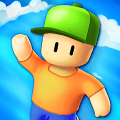





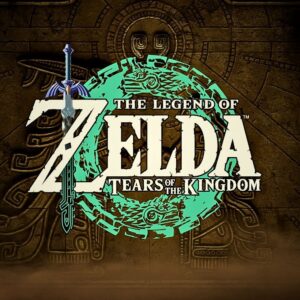
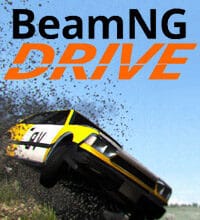
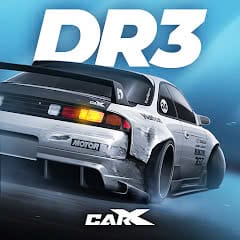

 Gameplay Mechanics: Breaking the Fourth Wall and the World
Gameplay Mechanics: Breaking the Fourth Wall and the World